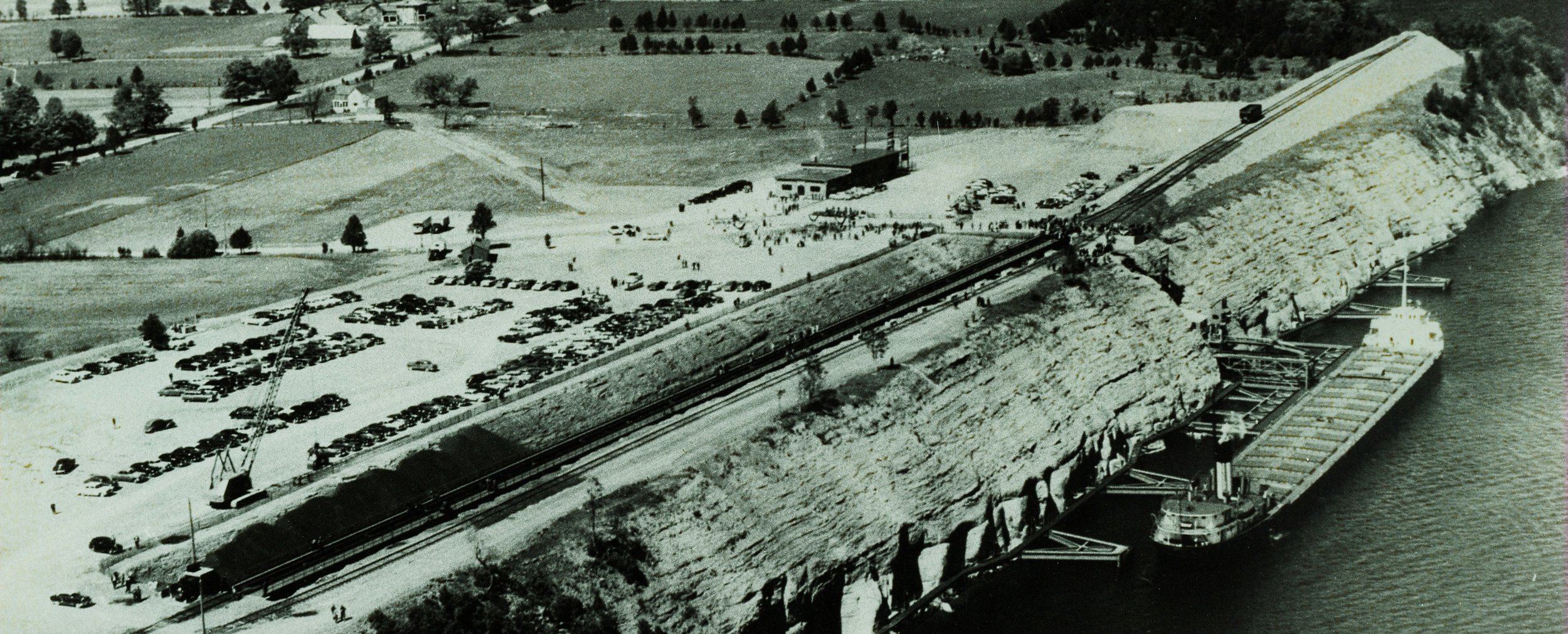PROFESSOR DYNAMITE SOLVES EPIDEMIC
/AREAS OF MALARIA IN MADOC IN 1882
Those who believe that there is very little that happens which has not happened before, will be supported by the report of the Malaria epidemic in Madoc. No need to jump back. The disease is long gone form our stomping grounds, but it does show that in this time of Pandemic, there is evidence that history does indeed repeat itself. And that we seldom learn its lessons.
In 1882, Ontario had just set up its Board of Health and the next year the Board made its First Annual Report. Madoc and her troubles were featured, complete with an illustrative map.
In 2020 it is Covid that scares us. In the mid nineteenth century it was Malaria and its lesser relative ague. It was always around the corner but in 1882 it pounced. And landed at Moira Lake.
A dam had been built five years before to raise up the level of Moira Lake allowing for better log handling and water power for a mill. Industry was king and no permissions were needed. The water rose four feet and great patches of lowlands were submerged. Vegetation rotted as fields were drowned.
Before this event there were few health complaints near Madoc, but then malaria spread to settlers around the south part of Moira Lake and, as the summer progressed, so did the disease, up towards the town. The
wetlands ran along the creek through Madoc and malaria seemed to course along its banks. Then it went north and west so that in a few years it arrived at Deloro and Marmora.
Just as we don’t really understand Covid, they didn’t understand Malaria. It had wiped out large numbers of the workmen who built the Rideau Canal in the 1830s and flourished briefly at Duoro. It was always around in Upper Canada but how and why it sprung up and how it spread was unclear. The Mosquito was not yet the prime suspect.
The newly established Health Department speculated. Perhaps it was the general messy state of town and rampant causal sewerage disposal. ‘The soil and cleavage planes of the rock might be the means of polluting the drinking water with malarial germs.’ But, ‘The small swamps from their position and condition would not seem to be in any great degree factors in explaining the presence of malaria.’
So, what was it. The Board continued ‘We now come to what in the opinion of the majority of people in Madoc is the chief cause.’ Although they were, of course, entitled to an opinion, science, then as now, is not a
matter that can be voted on. The Madoc citizens may have been closing in on an answer, but they missed the real villain, the lowly mosquito, and so did the Board of Health.
The Board waffled somewhat between drinking water problem and some kind of wafting swamp gas. They pointed out, ‘There has been much decaying timber, logs and stumps of trees, either cut, or which having been killed have gradually fallen.’ Whether it was rot or was gas, the Board directed that it was time to clean up town of the ‘fluid contents draining from the privy-vaults, cesspools and stables’. While that may not have
helped with Malaria, it surely didn’t harm the town.
Someone, still unknown, had another solution. The summer of 1881 was unusually dry and the base of the dam started to show. One dark night that year, it was simply blown up. The Secretary of the local Board of health, E.D. O’Flynn was able to remark. ‘ Since the lowering of the dam by Professor Dynamite a few months ago, the marshes are drained, and the water of the lake purer, and free from miasmatic indications than at any corresponding period since the dam was built; and it is also noticeable that within this time there has been an abatement of malarial fevers.’
Problem solved. The Board of Health seems to have agreed.

































